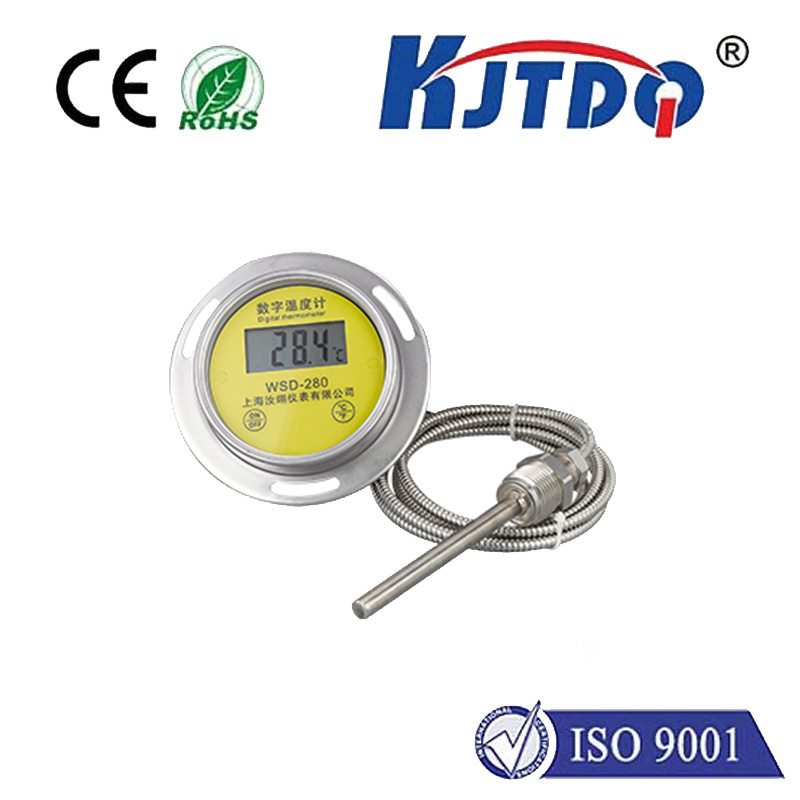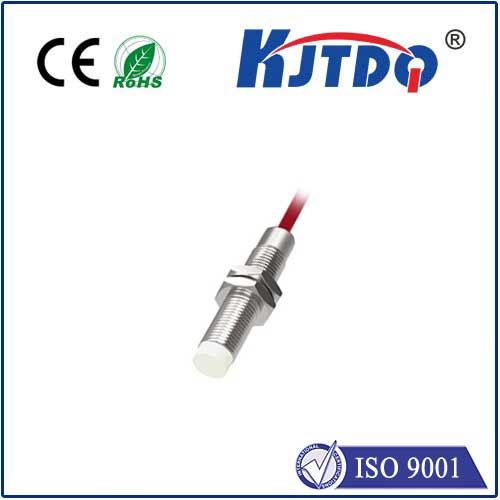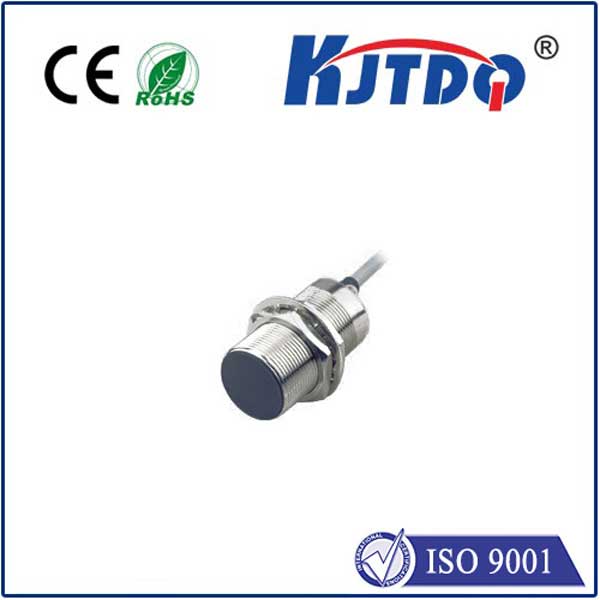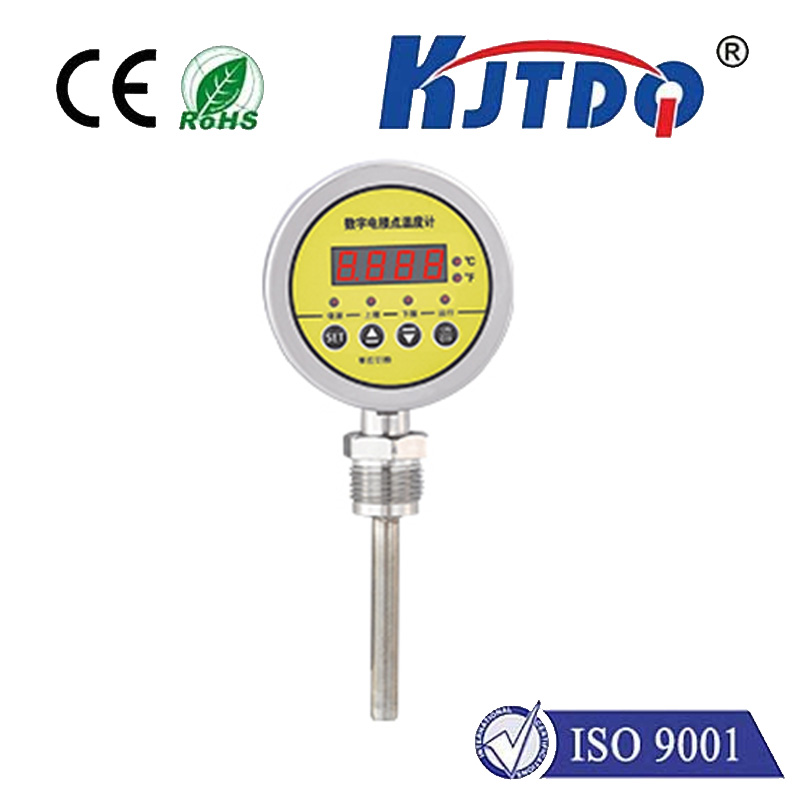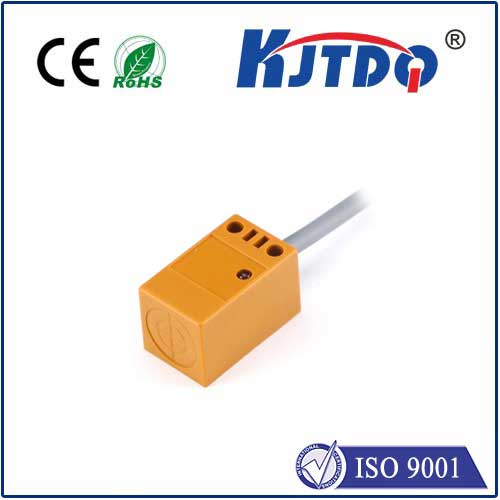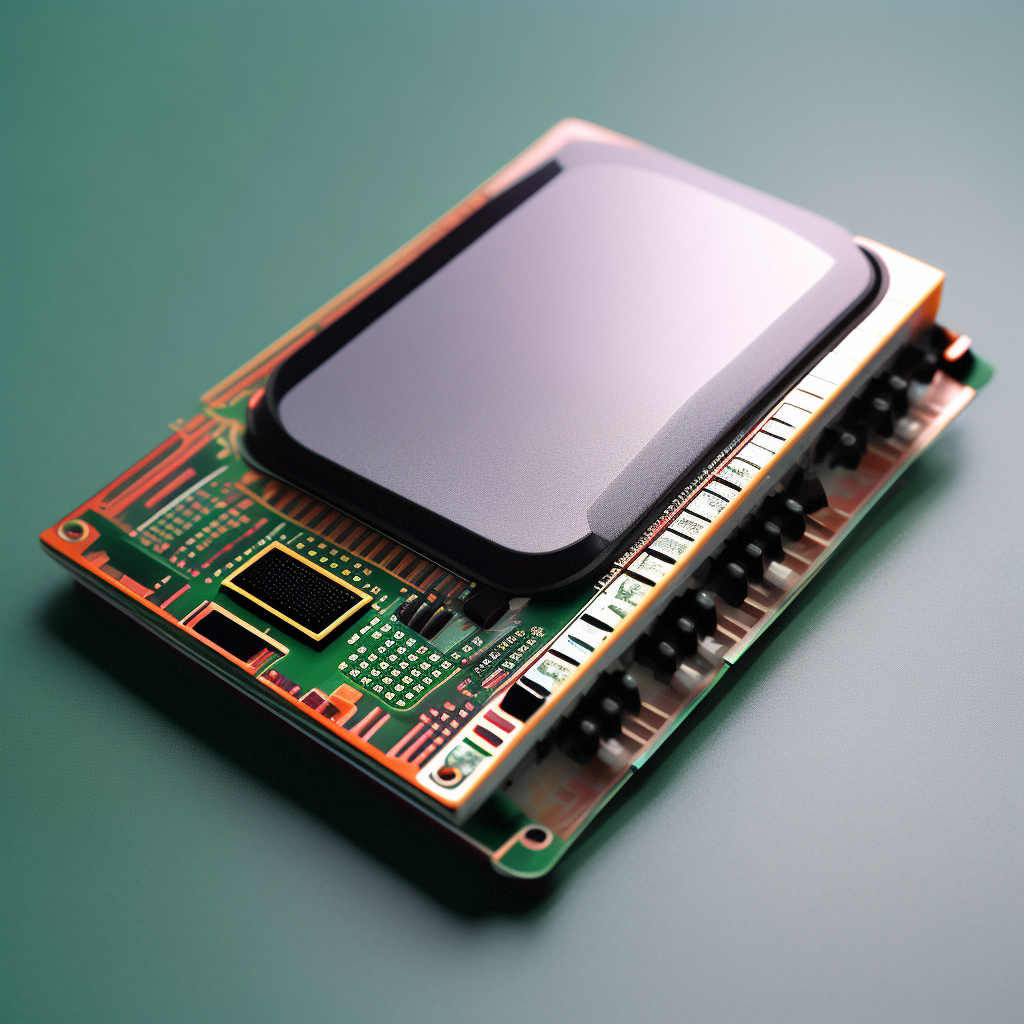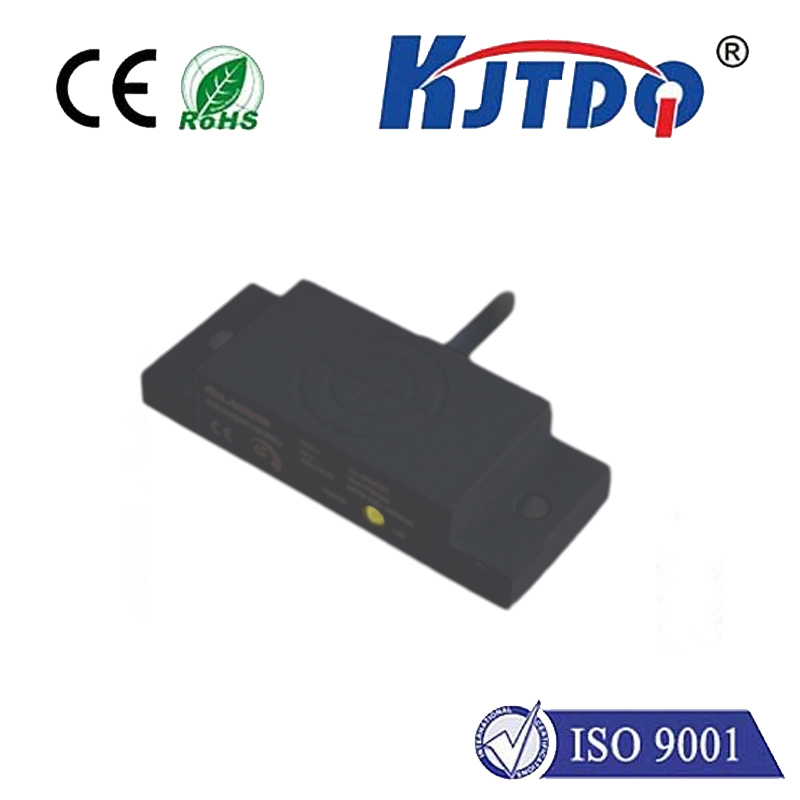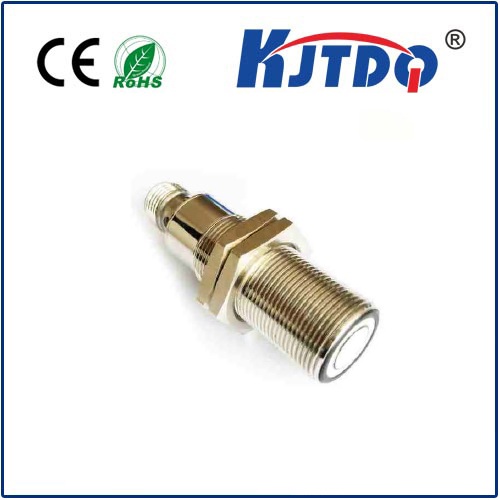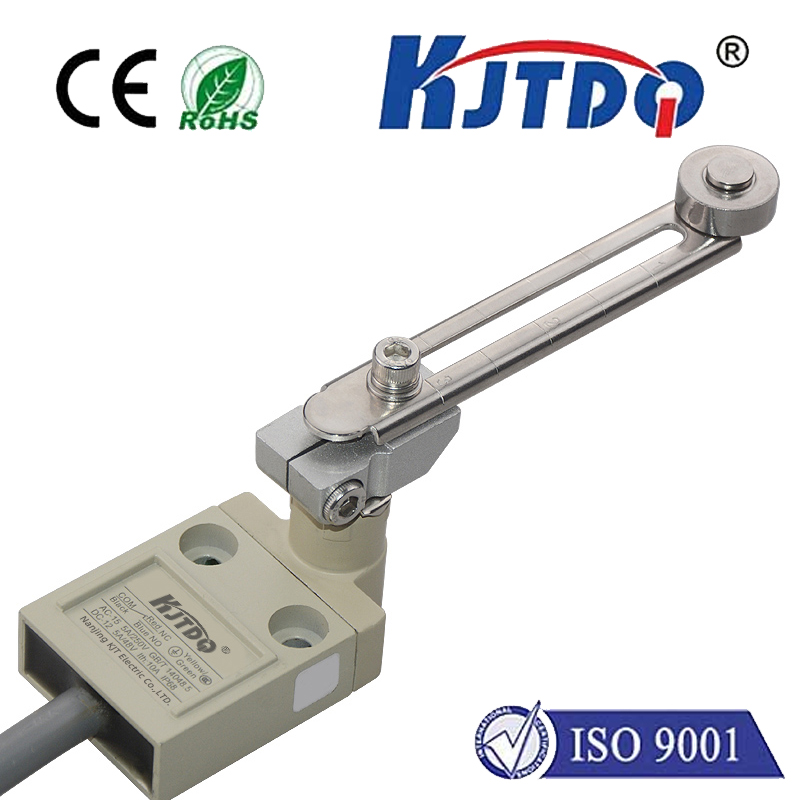

check

check

check

check
Raspberry Pi Radar Sensor: Enhancing Automation with Affordable Electronics
The Raspberry Pi is a versatile single-board computer that has become a popular choice among hobbyists, educators, and developers for a wide range of projects. One of its most intriguing applications is in the field of sensor integration, particularly with radar sensors. The Raspberry Pi Radar Sensor is a compact, affordable device that enables users to create smart, automated systems using the Raspberry Pi’s powerful processing capabilities. This article explores the capabilities of the Raspberry Pi Radar Sensor, its use in various applications, and how it can be integrated into modern automation systems.
At its core, the Raspberry Pi Radar Sensor is designed to detect and measure the distance and speed of objects in its surroundings. It works by emitting radio waves and measuring the time it takes for them to return to the sensor. This technology is based on the principles of radar, making it a powerful tool for object detection and motion tracking. The Raspberry Pi Radar Sensor is ideal for projects that require real-time data collection and analysis, such as environmental monitoring, autonomous robots, and smart home systems.

One of the key advantages of the Raspberry Pi Radar Sensor is its affordability. Unlike more expensive radar systems, this sensor is built on a Raspberry Pi board, which is both cost-effective and easy to use. It comes with a variety of accessories and software tools that make it accessible to users of all skill levels. Whether you’re a beginner looking to learn how to code or an experienced developer wanting to push the boundaries of what can be achieved, the Raspberry Pi Radar Sensor offers a straightforward and flexible platform.
The sensor can be connected to a Raspberry Pi using a simple USB cable, and it is compatible with a wide range of operating systems, including Raspbian, Linux, and Windows. Once connected, the sensor can be programmed using Python or other programming languages to process data and trigger actions based on the detected objects. For example, if the sensor detects an object within a certain range, it can trigger a motor or light to respond accordingly. This level of customization makes the Raspberry Pi Radar Sensor a powerful tool for a variety of applications.
In addition to its practical applications, the Raspberry Pi Radar Sensor is also a great educational tool. It is widely used in schools and universities to teach students about sensor technology, data acquisition, and real-world programming. By integrating the sensor into a project, students can gain hands-on experience with hardware and software, enhancing their understanding of how technology works in practice.
Another benefit of the Raspberry Pi Radar Sensor is its ease of integration with other devices. It can be connected to a computer, a microcontroller, or even a smartphone, allowing for a more comprehensive automation system. This flexibility makes it an excellent choice for developers and engineers working on complex projects that require multiple components to work together.
The Raspberry Pi Radar Sensor is not just a tool for automation; it is also a gateway to innovation. As technology continues to advance, the potential applications of this sensor are expanding rapidly. From home automation to industrial monitoring, the Raspberry Pi Radar Sensor is playing a crucial role in shaping the future of smart environments.
In conclusion, the Raspberry Pi Radar Sensor is a powerful and versatile tool that offers a wide range of applications in automation and sensor technology. Its affordability, ease of use, and compatibility with various platforms make it an ideal choice for both educational and professional projects. Whether you’re looking to build a simple monitoring system or develop a complex automation solution, the Raspberry Pi Radar Sensor provides a solid foundation for innovation and experimentation.
